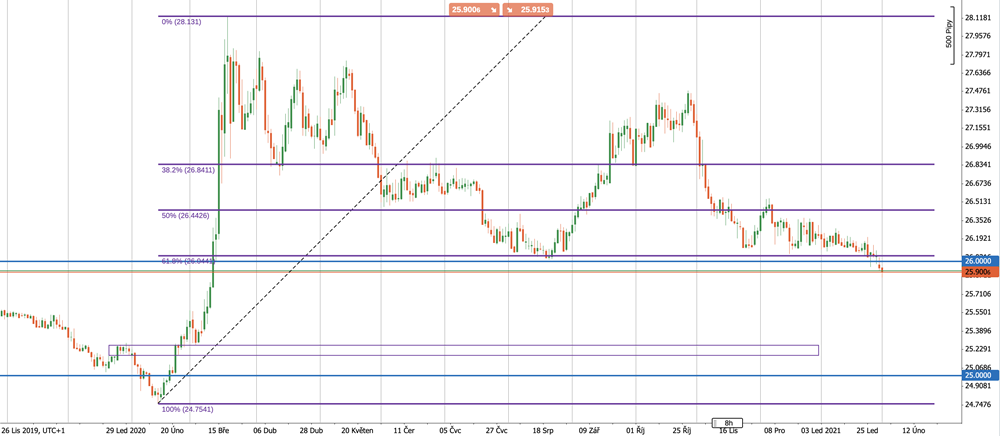Emerging markets are starting to attract investors
In just the first three weeks of 2021, emerging markets were able to attract $ 17 billion in foreign capital. Gradually, the transfer of money continues, which we have pointed out several times, and investors have started a "hunt for returns". The reason behind this is the gradual decline in risks in the markets and in the economy, which is supported by the approaching end of the flu season as the gradual vaccination of the world's population starting to take place. Expectations are very positive in the long run at the moment.
Record capital outflow
At the beginning of 2021, investors "pumped" several billion dollars into the assets of emerging markets. Everything is supported by the expansionary policy of central banks, where cheap dollars are looking for their way to yields. The group of thirty developing countries together managed to attract $ 17 billion in the first three weeks since the beginning of the year. The strong start of the year 2021 comes after a dramatic escape from emerging markets last year. A record outflow of nearly $ 90 billion was recorded in March when a full-blown pandemic erupted, but now investors are beginning to return to emerging market stocks and bonds. In the last quarter of last year alone, emerging markets saw a $ 180 billion increase in foreign capital.
Expansive monetary policy factor
However, many analysts have warned that although economic and business activity supports many emerging markets, the recent inflow of capital is mainly the result of huge central bank stimulus programs. This leaves a huge part of free capital, which will look for more interesting returns in countries that are mostly offered by emerging markets. At the same time, investors are supported by the better-than-expected performance of emerging markets during a pandemic and a rapid start to vaccination. The good mood was supported, for example, by GDP figures from China, where the economy grew by 2.3%, while other large economies ended in contraction. Another factor is the relatively low valuations in these markets compared to overpriced US stocks.
Emerging market currencies can take advantage of the situation
Expectations are also improving for emerging economies, which have been under great pressure since the beginning of the pandemic. The inflow of foreign capital can be expected to help raise sentiment in these currencies, which will gradually return to pre-pandemic levels. Most currencies are following developments against the US dollar, which, for this year, is expected to continue the weakening that began the year before. The gradual decline in risks will further increase the pressure on the dollar and the transfer of capital to these currencies. This can be used by the Mexican peso, the Brazilian real, or the Czech koruna. The last mentioned was able to wipe out most of the losses on the pair with the US dollar, however, it is still at a loss on the pair with the euro, and after breaking the level of 26 CZK / EUR, it can expect a faster return towards 25 CZK. The Czech central bank (CNB) and a possible increase in interest rates can also help if inflation is above the bank's tolerance band.

Chart: EURCZK Daily Chart (source: PurpleTrading cTrader)